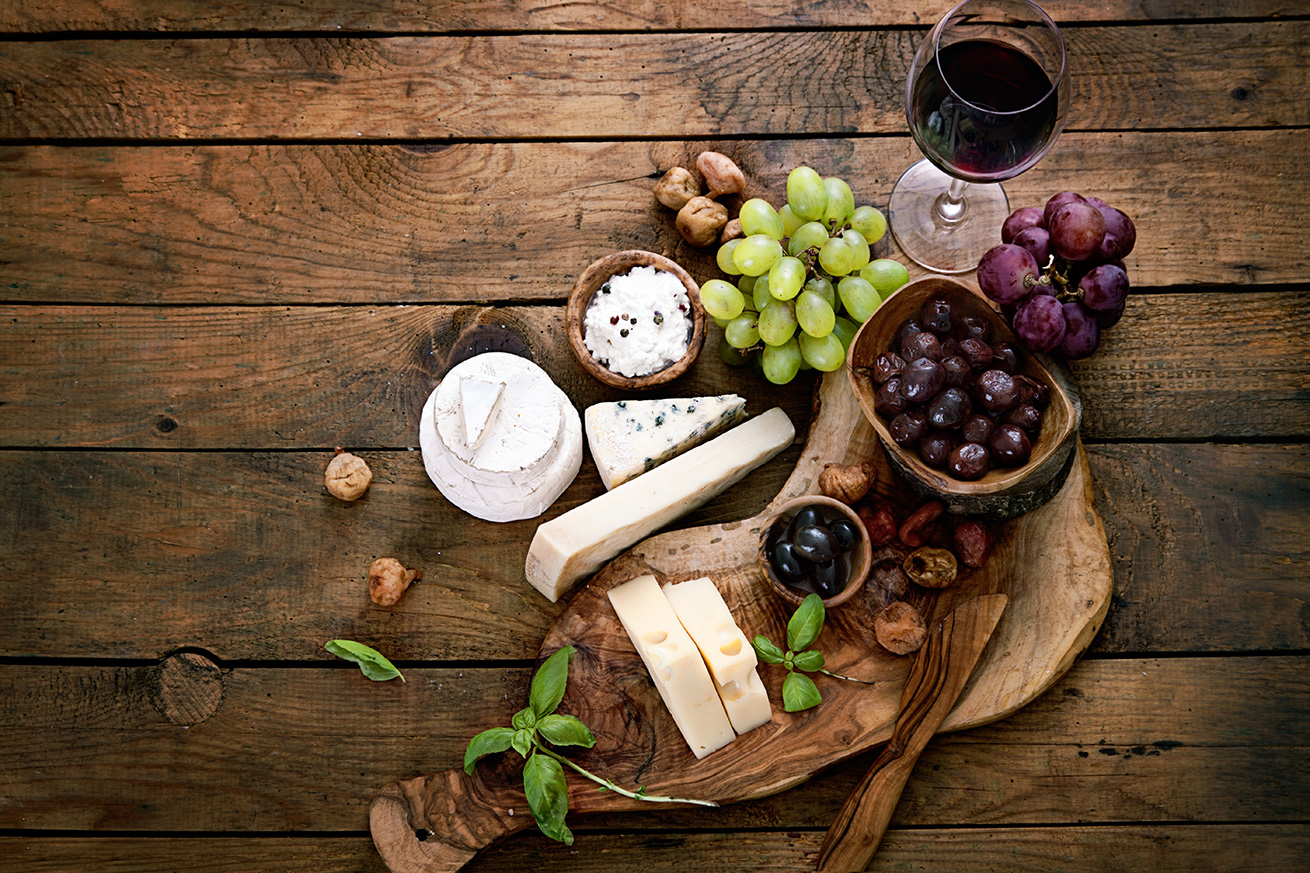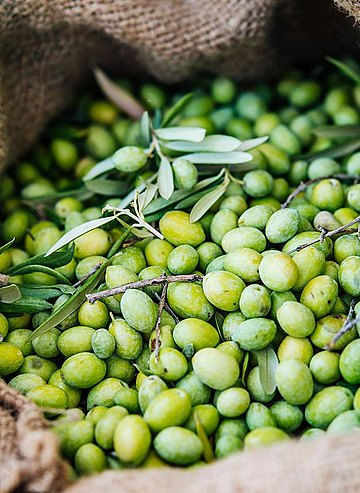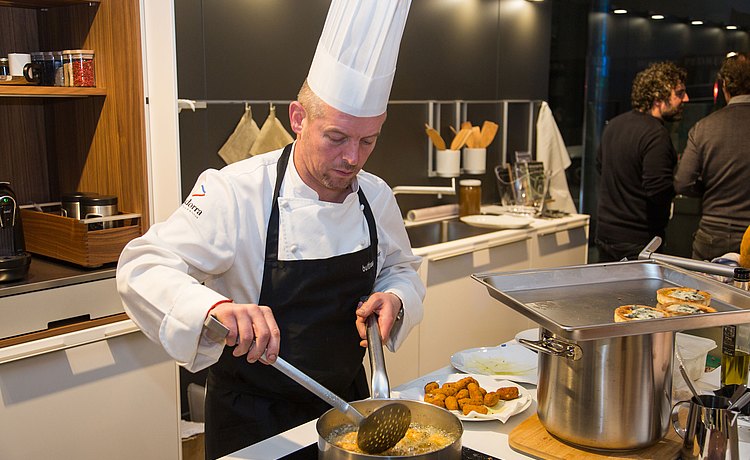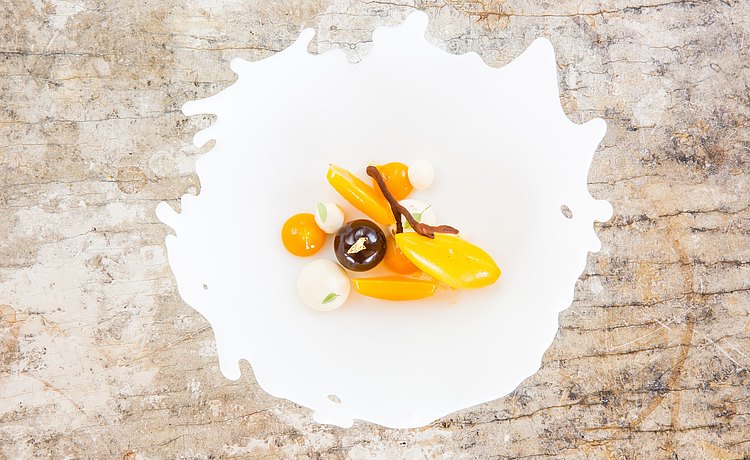In the limelight of the Andalusian tapas scene

In the limelight of the Andalusian tapas scene
Olives are one of the cornerstones of Spanish cuisine, and the place where they have the strongest presence is in Andalusia. If you have ever had a chance to venture through the country roads of Córdoba or Jaén, winding your way between low hills covered in olive trees spreading as far as the eye can see, you know the sense of peacefulness those fields can convey. The abundance of olive trees and their fruits is not only apparent in the landscape, but also in the large variety of oils and of flavors in the olives you can sample at any outdoor café table in Seville while you sip an ice-cold beer and watch life unfold before you.
Olives in the Mediterranean Triad
Together with wheat and grapes, olives are one of the three staples in a diet that has been widely praised for its health benefits. It so happens that olives are rich in vitamins and minerals, ease digestion, improve gallbladder function, contain polyphenols that boost memory and, last but not least, have anti-inflammatory and anti-oxidant properties. No wonder they continue to gain followers even after many centuries of human consumption.



Andalusia, the global leader in olive production
In a market that continues to grow as northern countries steer away from animal fats and turn to healthier alternatives, olive crops have been spreading from their original territory in the Mediterranean basin to countries as different as Argentina, China or the United States.
However, Spain remains at the forefront as the largest global producer of this harvest. And within Spain, Andalusia, with 35% of world production, is the indisputable leader among olive-growing regions.
A large number of olive varieties are grown in Andalusia, with names as evocative as aloreña, manzanilla, gordal, hojiblanca, verdial, lechín and picual, just to name a few. Some are used for oil production, others for table olives, and some for both. They can be green, harvested before they ripen; changing in color (purple, reddish, or light brown) during the ripening process; or black, harvested when they are already ripe.
A full array of flavors
Although each variety has its own aroma, all uncured olives are bitter. Therefore, one of the purposes of all olive treatment processes is to reduce that bitterness. Green olives, unripe and therefore the most bitter, are fermented with lactic acid before being pickled in brine for several months. Black olives, the ripest and therefore least bitter, can skip a stage and be steeped directly in brine. Added flavors vary widely: aloreñas from Málaga are packed in a mix of water, salt, vinegar, thyme, fennel and oregano; cordobesas are pickled with more salt and garlic; manzanilla olives from Seville are preserved with garlic, cumin, oregano, green pepper, lemon and orange. The list of flavors you may encounter in olives, ever-present in Andalusian tapas, is endless: there are as many as orchards, fields, and olive groves.
So the next time you sit down at a café table to share a few tapas with your friends, watching the people and the afternoon drift by, close your eyes, pop an olive into your mouth, and savor the surprise of yet another new flavor. You won't be disappointed.










